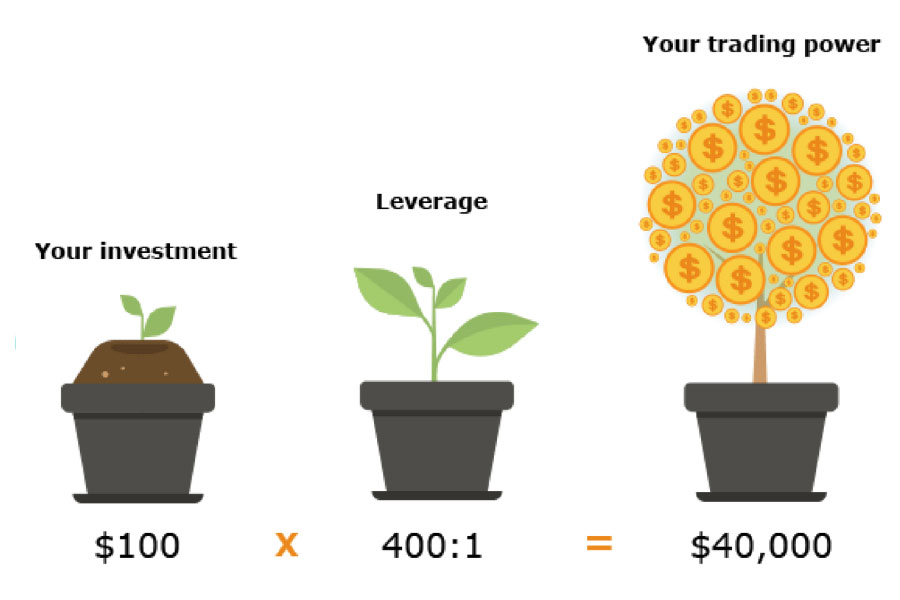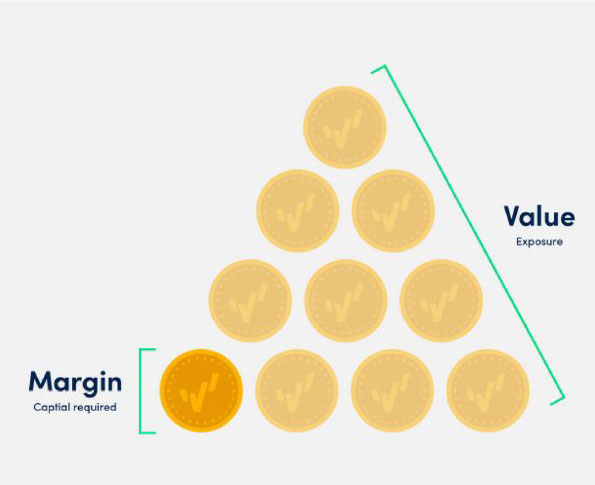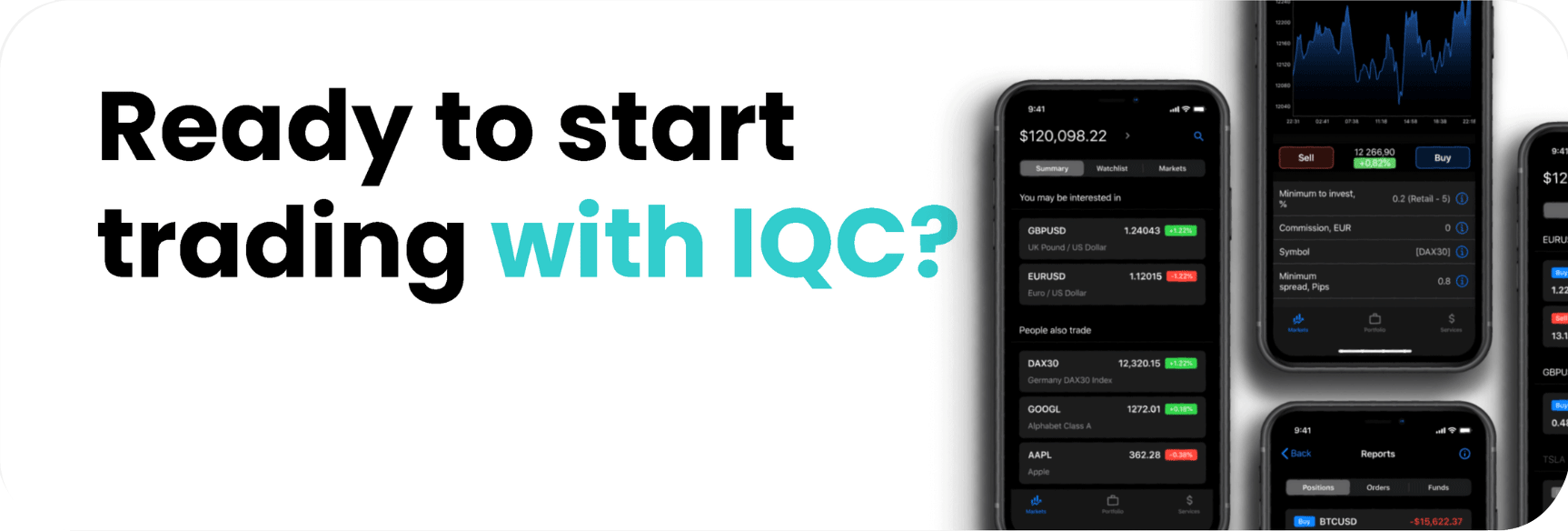Leverage
What is
leverage in forex

Leverage in forex is a way for traders to borrow capital to gain a
larger exposure to the FX market. With a limited amount of capital,
they can control a larger trade size. This could lead to bigger
profits and losses as they are based on the full value of the
position.
Trading with leverage in forex, which is also referred to as forex
margin, means you can magnify profits if markets move in your
favour; however you can also lose all of your capital should markets
move against you. This is because profits and losses are based on
the full value of the trade, and not just the deposit amount.
Forex trading comes with some of the lowest margin rates in the
financial markets. The leverage difference between forex and
stocks, for example, is much higher. Stock market leverage starts
at around 5:1, which makes trading within the share market slightly
less prone to capital risk.
How does leverage trading work?
Understanding how leverage works is vital for any trader looking
to take advantage of this strategy. When you trade using
leverage, you’re essentially borrowing money from your broker to
increase your position size. For example, if you’re selling
$1,000 with 2:1 leverage, you can buy $2,000 worth of assets.
You’ll make a profit if the trade is successful and the asset’s
price goes up. However, if the asset’s price falls, you’ll make
a loss.
This is because you’re responsible only for the initial margin
put down to open the trade. The broker covers the rest. This
means that you can make a lot more money than if you were just
trading with your own capital, but it also means that you’re at
greater risk of making a loss.



